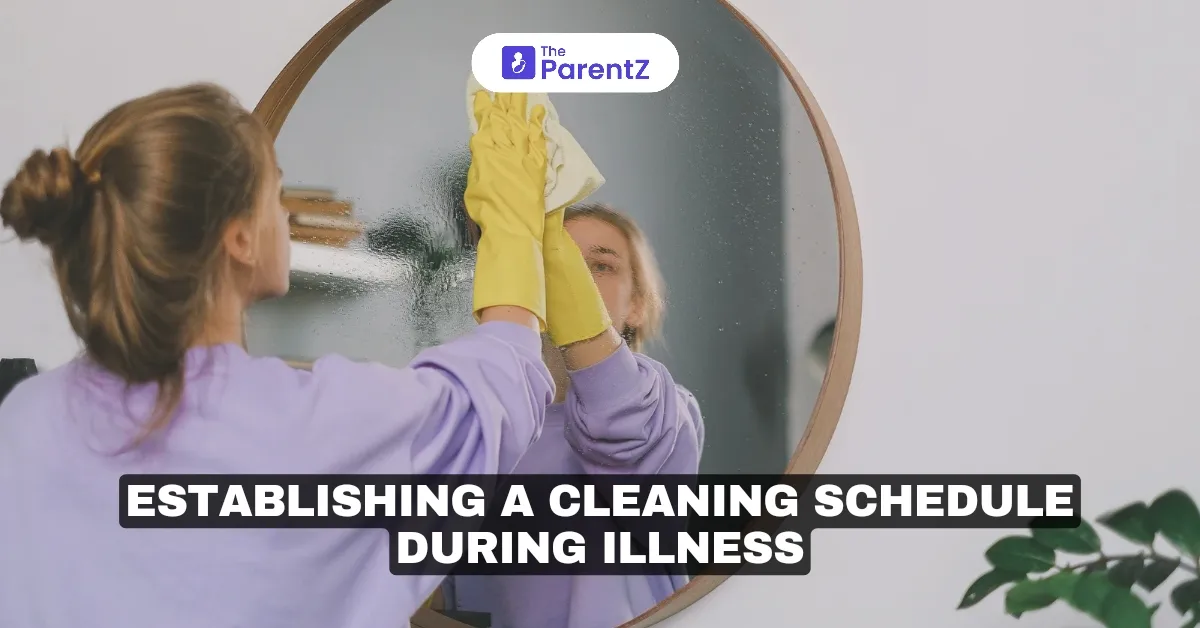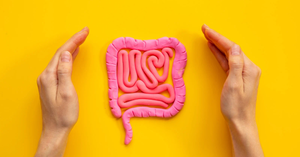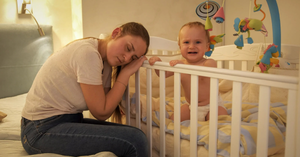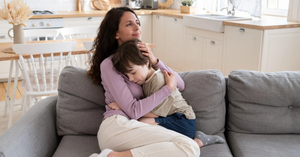When illness strikes, maintaining a clean environment becomes critical to prevent the spread of germs and support recovery. A structured cleaning schedule ensures thorough and consistent hygiene practices, reducing the risk of cross-contamination and helping maintain the health of others in the household. This article provides a detailed guide to establishing an effective cleaning schedule during illness.
Why Cleaning is Vital During Illness
1. Preventing the Spread of Pathogens
Illnesses caused by viruses and bacteria, such as colds, flu, or stomach bugs, can spread through contaminated surfaces. Frequent cleaning and disinfection kill these pathogens, reducing their ability to infect others.
2. Supporting Recovery
A clean, clutter-free environment promotes comfort and can positively impact mental well-being, which is beneficial for recovery.
3. Protecting Vulnerable Individuals
Certain populations, such as children, older adults, and individuals with weakened immune systems, are more susceptible to infections. A robust cleaning schedule protects these individuals from exposure to harmful pathogens.
Steps to Establish a Cleaning Schedule
1. Identify High-Touch Surfaces
Start by identifying surfaces frequently touched by household members. These are hotspots for germs and need regular disinfection. Common high-touch areas include:
- Door handles
- Light switches
- Remote controls
- Cell phones and tablets
- Faucets
- Toilet handles
2. Divide Cleaning Tasks by Frequency
Create a cleaning plan by categorizing tasks based on how often they should be performed.
Daily Cleaning Tasks
- Disinfect high-touch surfaces.
- Wipe down commonly used areas like countertops and tables.
- Change hand towels and dishcloths.
- Empty and sanitize trash cans in rooms occupied by the sick individual.
Weekly Cleaning Tasks
- Wash bedding and linens in hot water.
- Deep clean bathrooms, focusing on toilets, sinks, and shower areas.
- Vacuum and mop floors, especially in shared spaces.
Immediate Cleaning Tasks
- Clean spills promptly to prevent bacteria growth.
- Disinfect surfaces immediately after sneezing, coughing, or other symptomatic activities.
3. Use the Right Cleaning Products
Ensure that cleaning products are effective against the pathogens causing illness. Look for disinfectants labeled to kill viruses and bacteria or use a homemade solution of bleach and water (1/3 cup bleach per gallon of water).
- Clean first, then disinfect: Cleaning removes dirt, while disinfection kills germs. Both steps are crucial.
- Follow manufacturer instructions for contact time—the duration a disinfectant should remain on a surface to be effective.
Creating a Cleaning Schedule
Sample Daily Cleaning Schedule
| Time of Day | Task |
| Morning | Disinfect high-touch surfaces (door handles, light switches, remotes). |
| Midday | Wipe down shared items (kitchen counters, dining tables). |
| Evening | Sanitize bathroom surfaces used by the sick person. |
| Night | Replace towels and empty trash cans. |
Customization Tips:
- Assign tasks to family members to distribute responsibilities.
- Set reminders for tasks requiring multiple cleanings per day, such as wiping down shared electronics.
Best Practices for Cleaning During Illness
1. Focus on Ventilation
Keep windows open when cleaning to improve airflow and reduce the concentration of airborne pathogens.
2. Wear Protective Gear
Use gloves when cleaning areas exposed to bodily fluids. For highly contagious illnesses, consider wearing a mask to protect yourself while disinfecting.
3. Handle Laundry Safely
- Wash clothes, bedding, and towels used by the sick person separately if possible.
- Use the highest heat setting for both washing and drying to kill germs.
4. Avoid Cross-Contamination
- Use disposable cleaning wipes or dedicate specific cloths for the sick person’s room.
- Clean and disinfect cleaning tools, such as mop heads and sponges, after each use.
5. Encourage Good Hygiene
Remind all household members to wash their hands frequently, especially after cleaning or touching shared surfaces.
Special Considerations for Different Illnesses
1. Respiratory Illnesses (e.g., Cold, Flu, COVID-19)
- Focus on sanitizing areas where respiratory droplets may land.
- Regularly clean items close to the face, like phones, masks, and glasses.
2. Gastrointestinal Illnesses (e.g., Norovirus)
- Pay extra attention to bathroom surfaces and shared kitchen areas.
- Immediately disinfect areas affected by vomiting or diarrhea.
Benefits of a Cleaning Schedule
1. Consistency
A schedule ensures no area is overlooked, providing comprehensive protection against germs.
2. Efficiency
Organizing tasks by frequency and importance saves time and effort, especially during demanding situations like caring for a sick family member.
3. Peace of Mind
A clean environment reduces anxiety about spreading illness and helps caregivers focus on supporting recovery.
Conclusion
Establishing a cleaning schedule during illness is essential for protecting household members and aiding recovery. By focusing on high-touch surfaces, using effective cleaning products, and adhering to a structured routine, families can minimize the risk of spreading germs. Remember, consistency and proper hygiene practices are key to maintaining a safe and healthy home environment.








Be the first one to comment on this story.